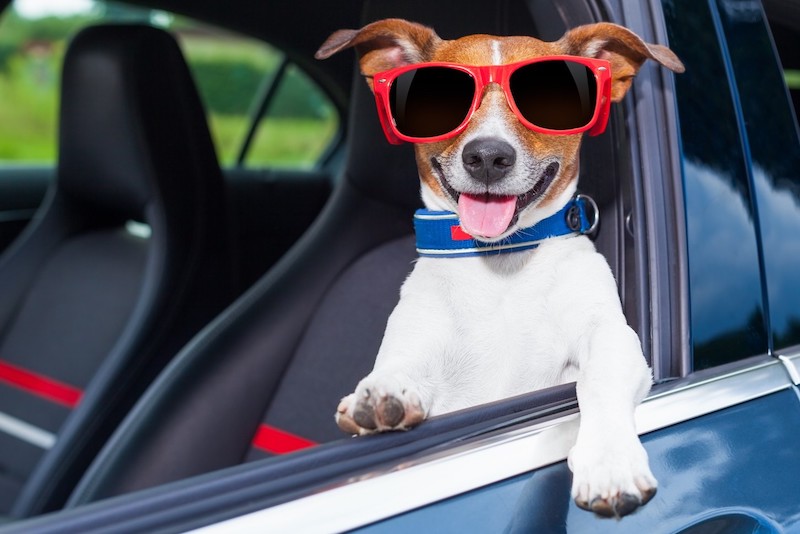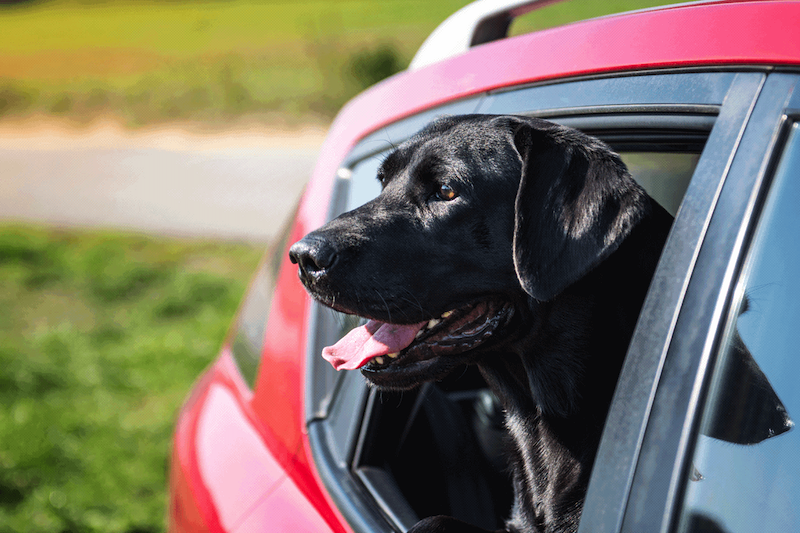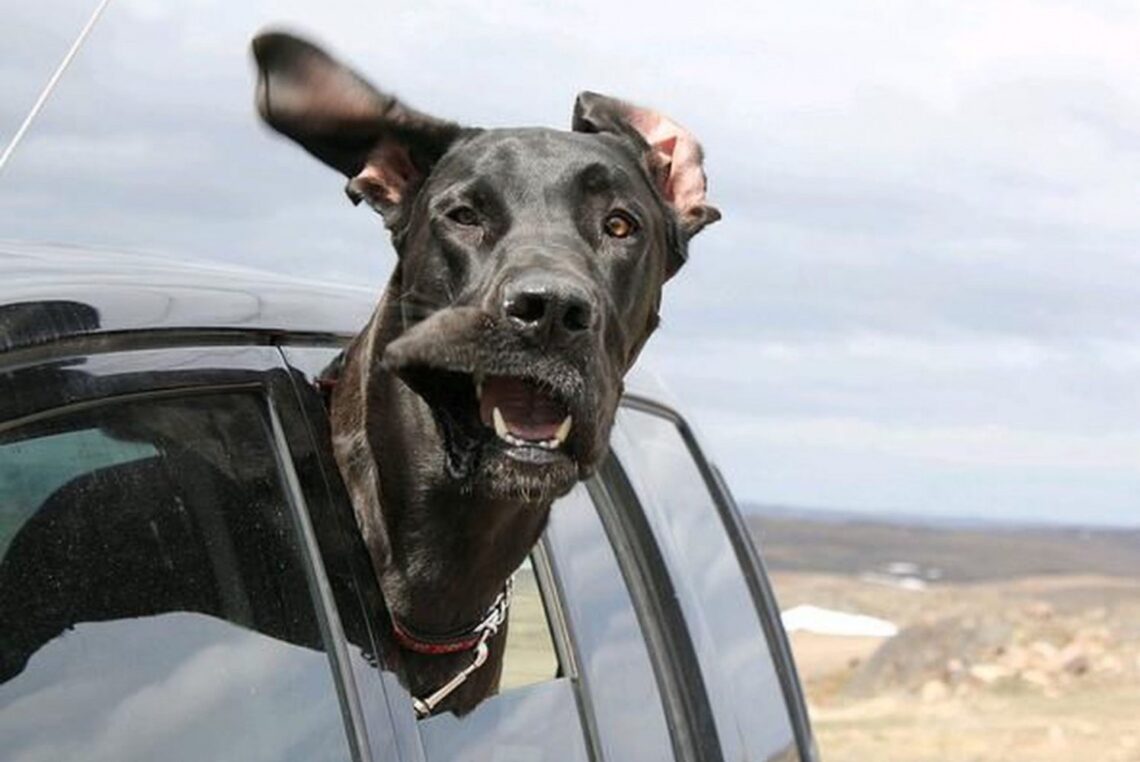Are you planning a road trip with your pet? The key to making everything run smoothly is to keep your pet comfortable and safe at all times.
How to safely transport the dog in the car
- Harness. Harnesses are ideal for small to medium-sized dogs that will be able to fit in the back seats. They should have a two-anchor system and a short seat belt attachment system to prevent your pet from hitting the seat or being thrown in the event of an accident.
- Transport container. Small or medium-sized dogs can also travel in the car in a transport crate arranged on the floor between the seats. If the transport box does not fit in this space, you can place it in the trunk of the vehicle in a transverse position to the direction of travel.
- Separation grid. In the case of larger dogs, it is usually recommended to use a protective grille between the trunk and the seats so that they cannot access the interior of the car. It is important that you protect your pet by using a short clip seat belt which will lessen the effects of possible impact or sudden braking.
What documents do you need to travel with a dog?
- Updated official health record.
- Certificate of good health that you can request from your veterinarian.
- Certified microchip.
- If you are traveling abroad, you will also need a passport.
- If this is a potentially dangerous dog, you should also take the relevant documents with you.

Preparations for traveling with your pet
Preparations for traveling with your dog in the car begin long before you get behind the wheel.
If it is a long journey and your pet is not used to traveling, you need to get them used to the car first. Play getting in and out of the vehicle, hiding their favorite toy inside for them to find. When he gets used to it, take him for a short walk to help him gain confidence and stop being afraid of the car.
However, some dogs get nervous or get sick in the car. If this is the case with your pet, ask your veterinarian for advice. He is likely to tell you not to feed him at least two hours before the trip.
On the way, the adventure begins
When you get behind the wheel, it will be important that you stop every two hours for a break. Take advantage of this respite to give your pet a drink, take him for a short walk, or his needs. Remember to ventilate the vehicle, especially if you are traveling in summer, but make sure your dog does not stick his head out of the window as this can be damaging to his eyes and ears.
Remember to pack a bag with food and water for the trip. You can also take your favorite toy with you as it is usually a source of soothing for your pet as well as some treats to give as a reward at the end of the trip.
Also, if your dog is traveling in the back seats of the car, you can protect them with a seat cover, so if he gets muddy or wet during a break, you won’t have to worry about the back seat. dirt or smell in your car.
We know that traveling with a dog in a car is not easy, especially the first few times, but it will get easier as you both get used to it. Having new experiences with your adventure companion will make the trip worth it.
Never let a dog wait in a car
We all know the risks involved when a dog is left alone in a hot car. So why do emergency services receive hundreds of calls every year warning them that the life of one of these adorable beasts is in danger?

Here are some misconceptions about dogs and cars:
- Leaving my dog in the car is only dangerous in hot weather.
- If I park in the shade, the temperature in the car will remain mild.
- If I leave a window open, the temperature in the car will remain mild.
- If I come back in a few minutes, the temperature in the car won’t have time to rise that much.
Even though handlers are well-meaning and loving, they can put their dog in a really dangerous situation by misjudging the risks.
Here are the facts to know:
- A parked car heats up like an oven. If it’s 24 ° C outside, the temperature in the car can reach 34 ° C in 10 minutes.
- Unlike us, dogs don’t sweat all over their bodies. Only their paws can wick perspiration. They must therefore pant to cool off. And let’s not forget that they are wearing a natural fur coat!
- Leaving a window ajar a few centimeters or parking in the shade hardly changes the temperature inside the car.
- A dog can die of heatstroke in 15 minutes. In addition, in a very short time, heatstroke can lead to serious brain damage.
- The only thing to remember is not to leave your dog in a car. Even if it’s only for a few minutes and even if it’s not overwhelmingly hot. If you are still not convinced, try locking yourself in a car with a fur coat yourself!
What should you do if you see a dog locked in a car on a hot day?
- If the dog shows signs of sunstroke or discomfort (for example, panting or drooling excessively), vomiting, or appears drowsy or lethargic, call 911 directly.
- Once you get the dog out of the car, immediately take him to a shaded or air-conditioned place. Do not use iced or cold water, as the temperature shock may cause discomfort. Instead, try showering the dog with lukewarm water or putting wet towels on him, especially around the groin, stomach, chest, and paws. Give the dog small amounts of cool water to drink. Once the dog’s breathing is stable again, take him to the nearest vet, letting him know it is an emergency.







